Raidmax Monster RX-700AT Power Supply Review
Raidmax is the first company to utilize Andyson's new Titanium platform with its Monster RX-700AT PSU. This is a semi-modular unit with a double ball-bearing fan and Japanese capacitors, promising high performance and exceptional efficiency.
Why you can trust Tom's Hardware
Packaging, Contents, Exterior And Cabling
Packaging
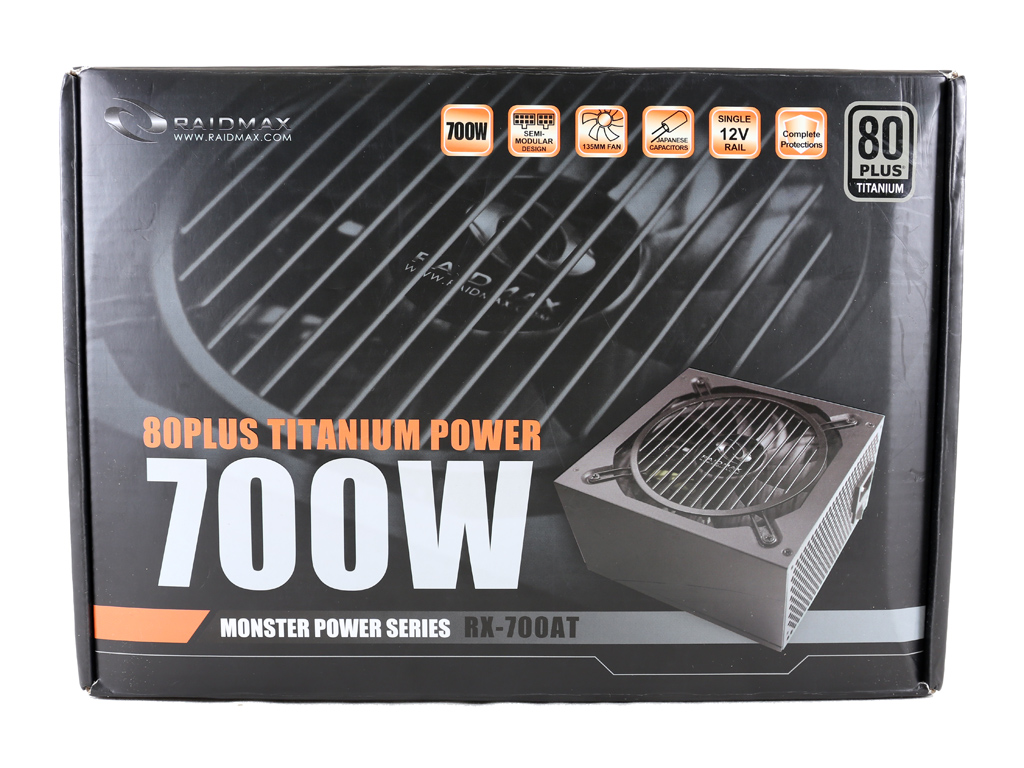
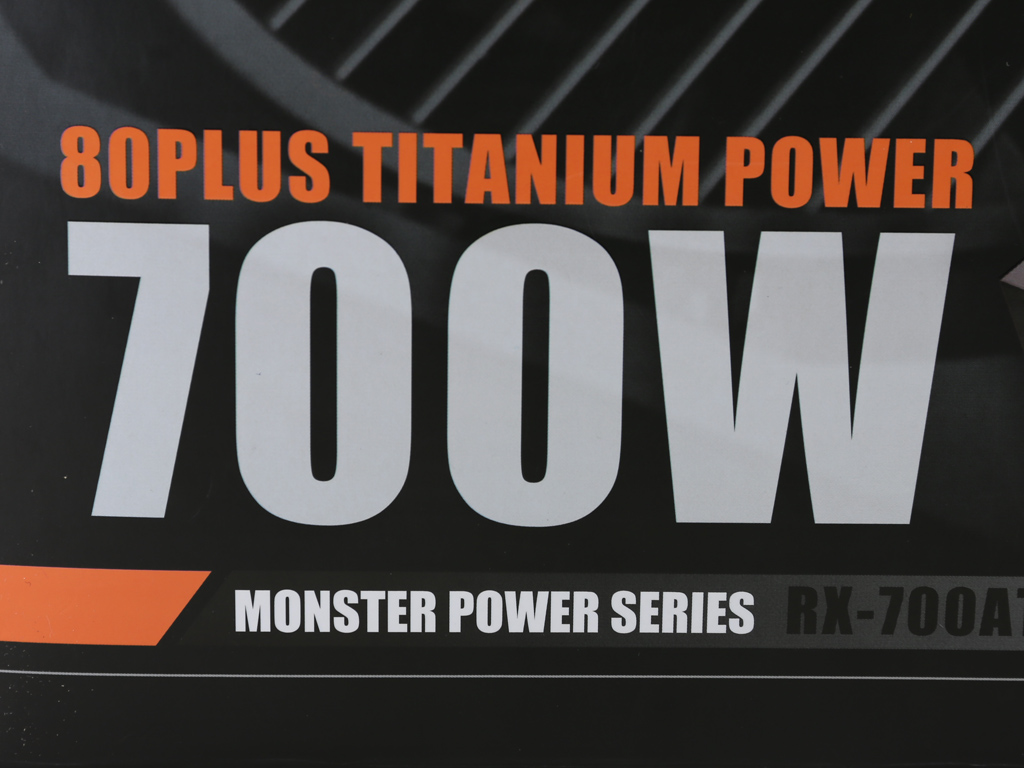
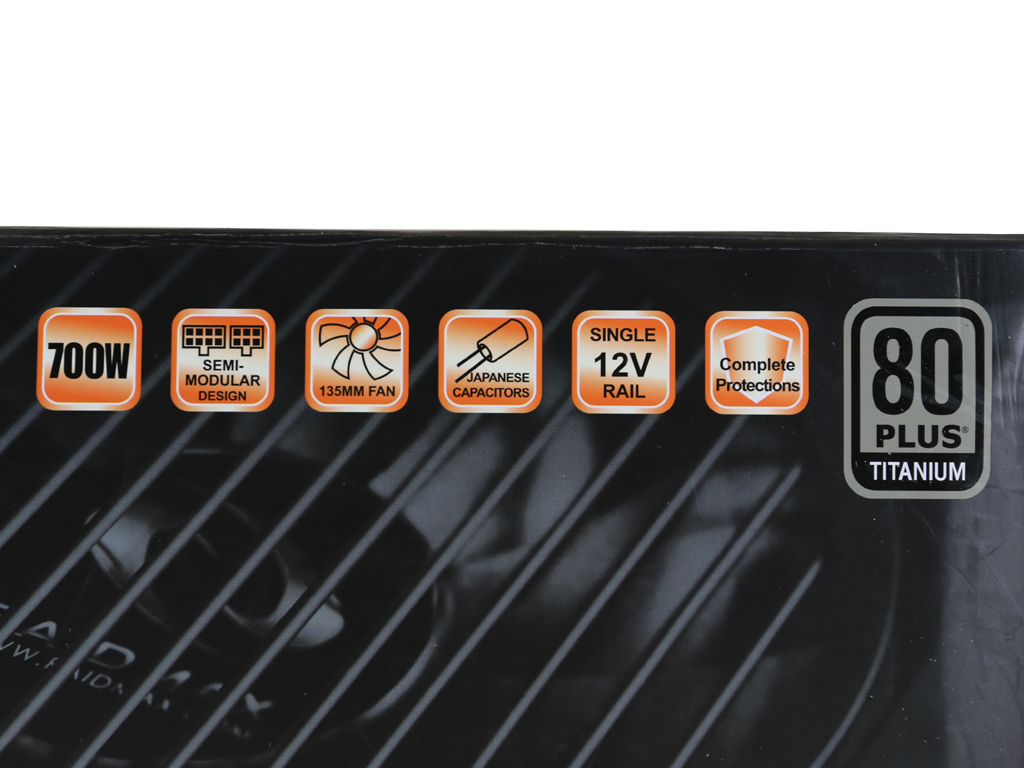
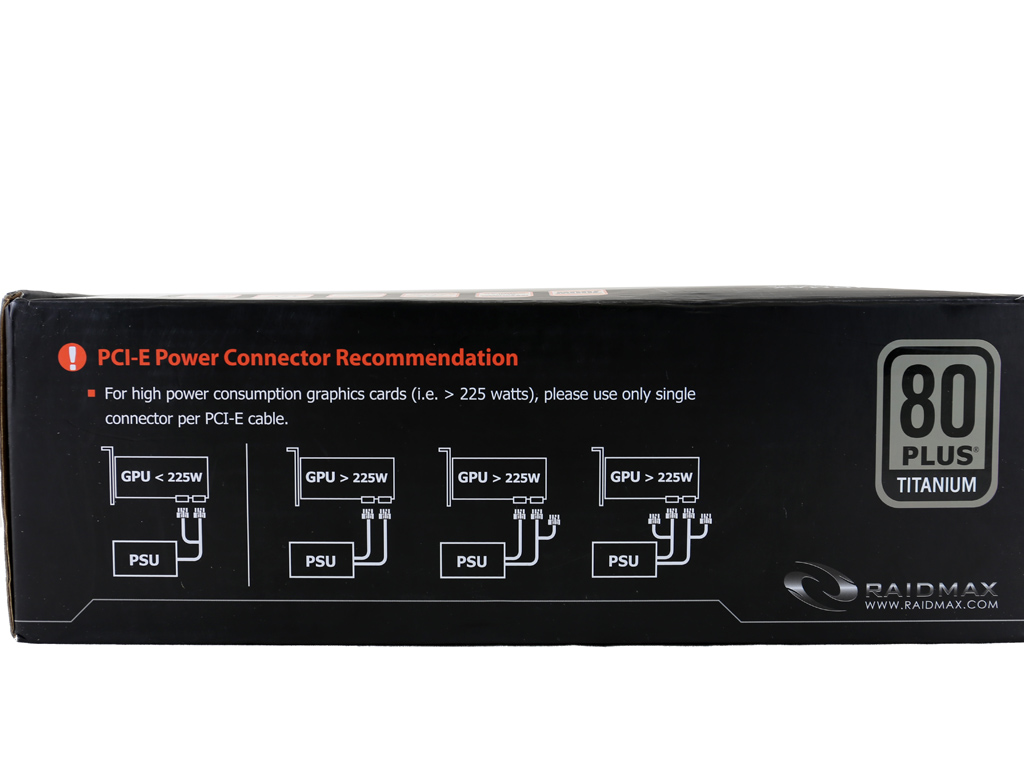
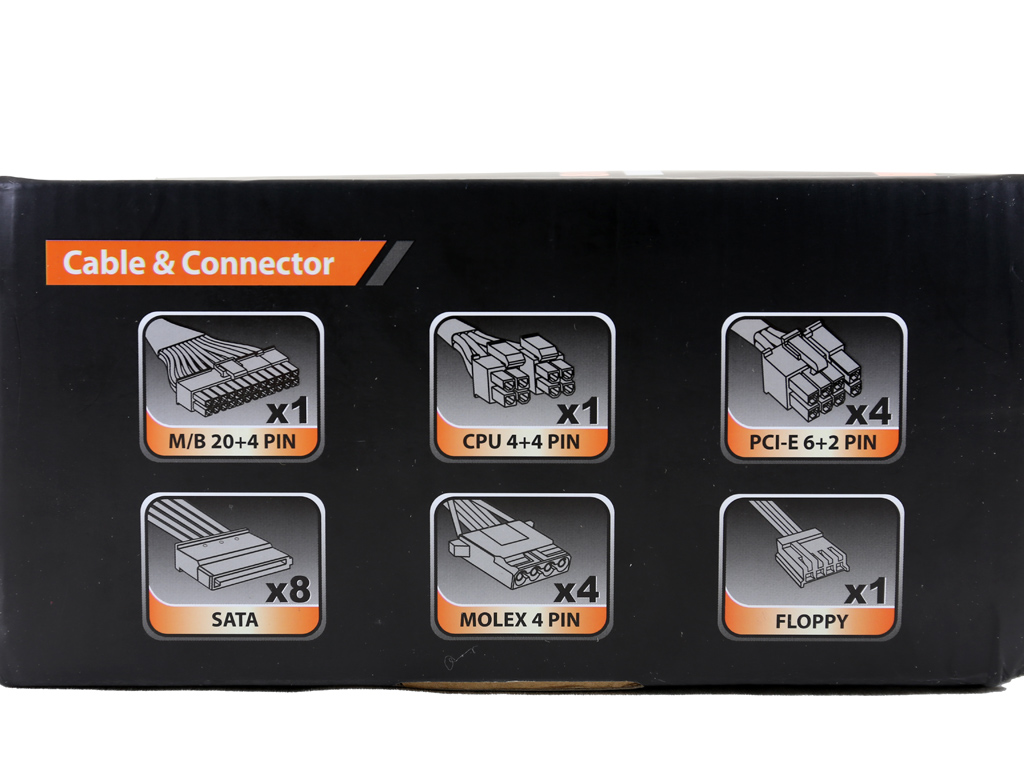
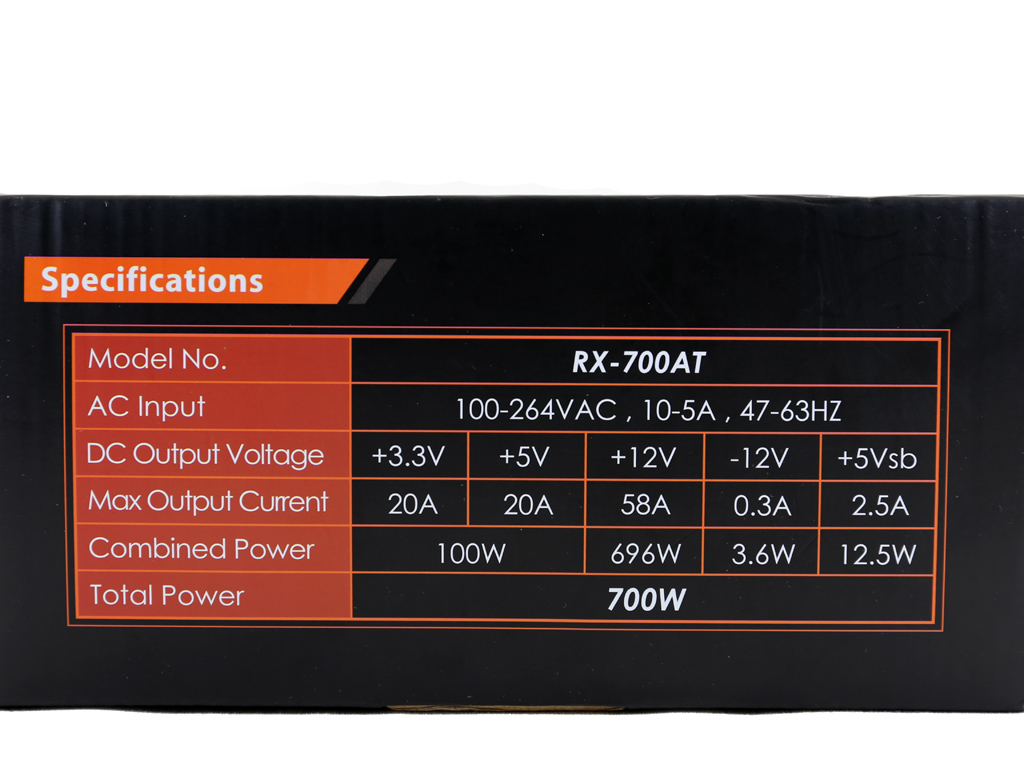
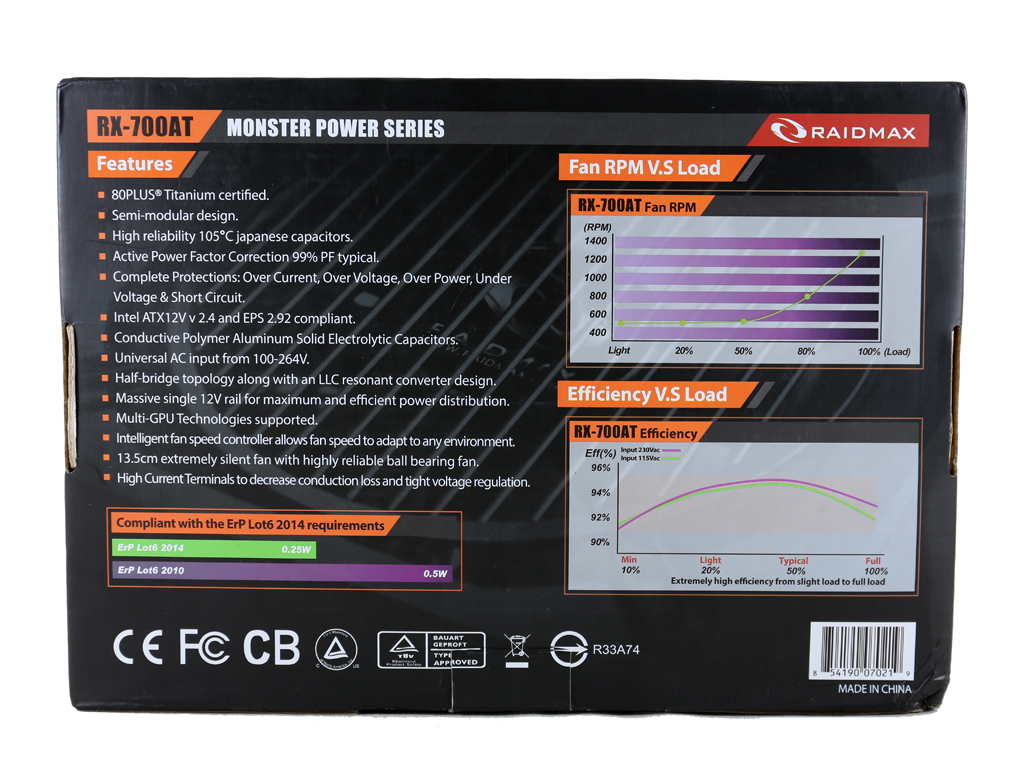

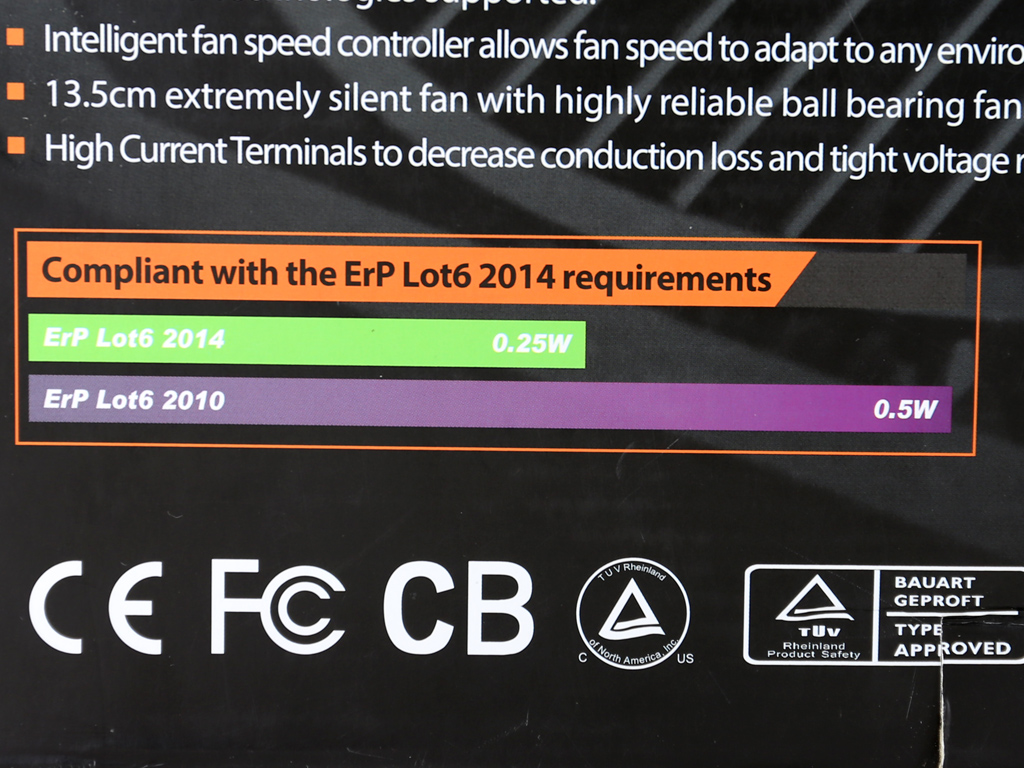
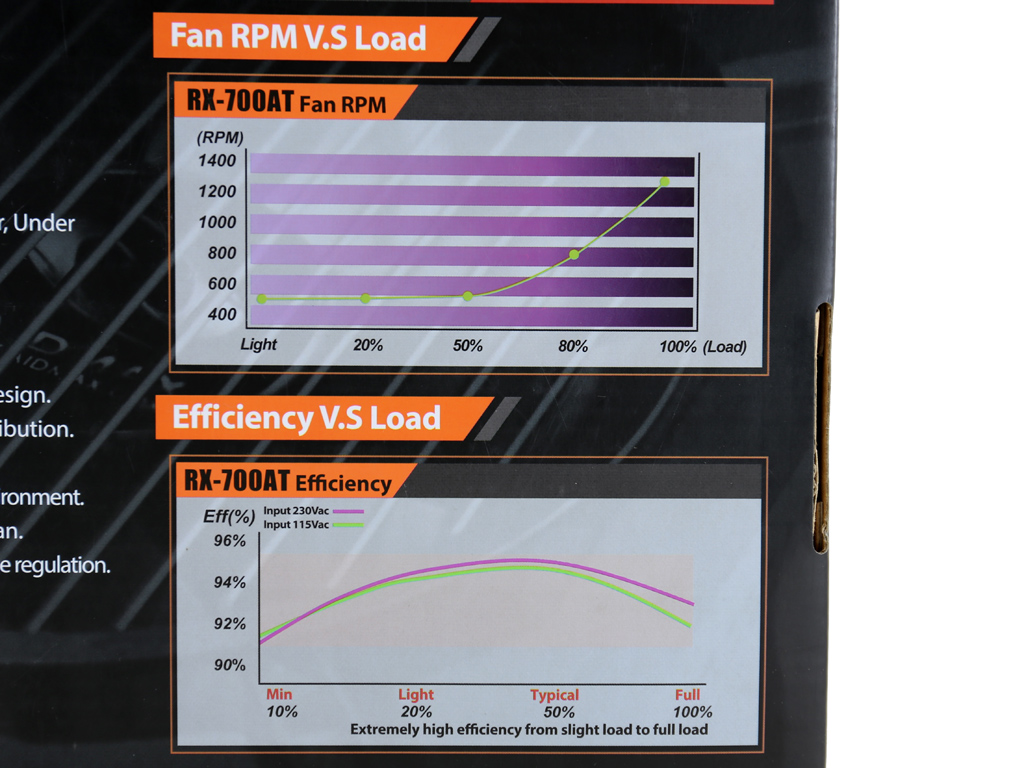
The front of the box sports a photo of the PSU along with a close shot of the fan grille. The unit's capacity is highlighted in large white letters, and right above it is a mention of the efficiency rating. On the front-top, a series of icons depict the semi-modular design, the 135mm fan, the Japanese caps, the single +12V rail and the protection features (described as complete, though Raidmax is missing OTP). Finally, the 80 PLUS Titanium badge is in the upper right-hand corner.
On the top of the box, Raidmax provides its feedback on how to connect PCIe cables when you're using power-hungry graphics cards. If your board needs more than 225W, only connect one PCIe connector per cable. Given that this PSU has two PCIe cables with two connectors each, you'll have to use them both to drive high-end GPUs.
One side of the box depicts a graphical list of available connectors, while the other side hosts a power specifications table.
The back includes a long feature list and two graphs depicting the fan speed and efficiency curves. Raidmax informs us that its RX-700AT is compliant with the ErP Lot6 2014, though as far as we know there is only an ErP Lot6 2013 directive that states power consumption at standby must be lower than 0.5W.
Contents
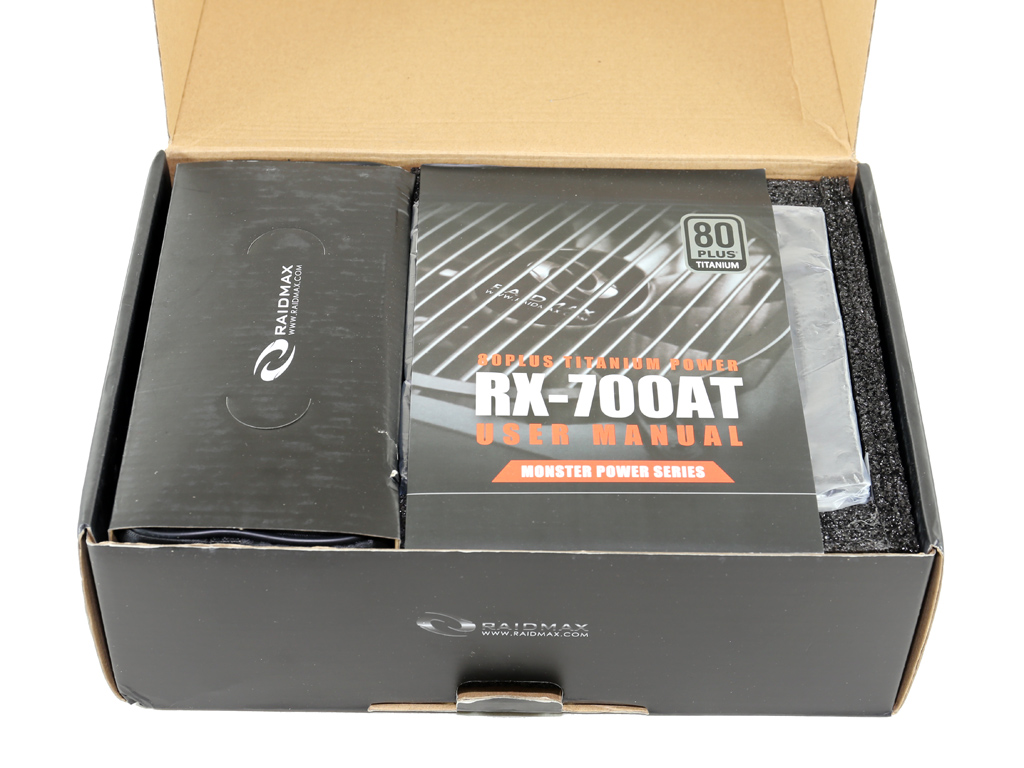
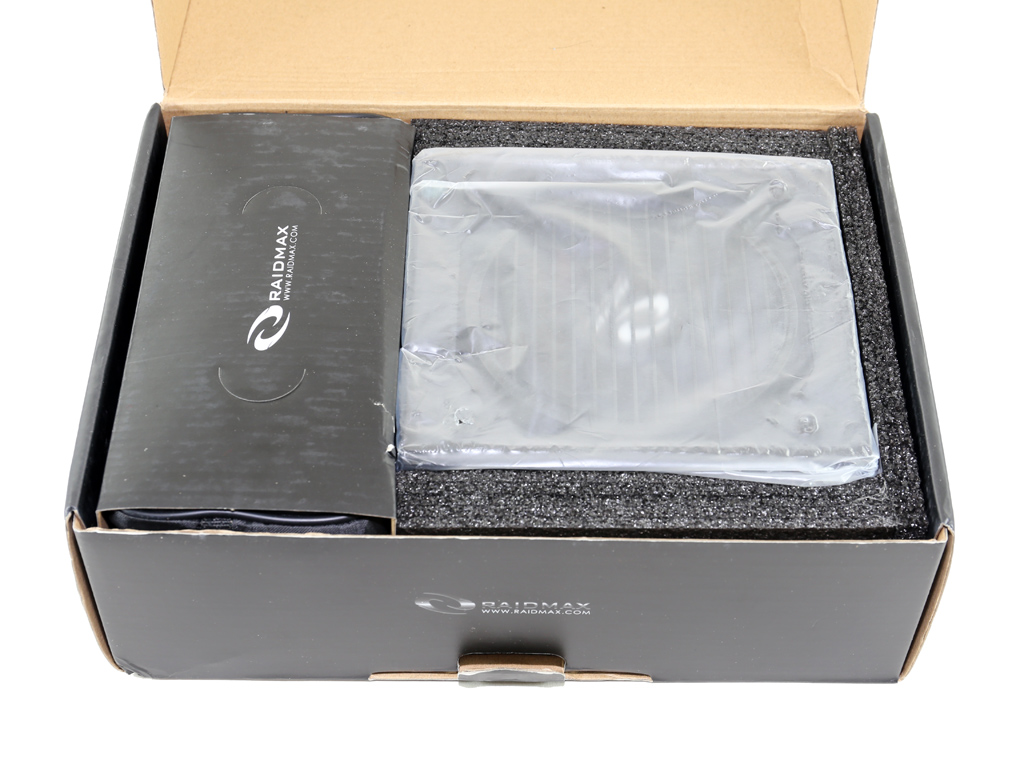
The PSU is wrapped in a nylon bag. Only its lower side is covered by packing foam; we'd like to see a top cover as well for adequate protection during shipping.
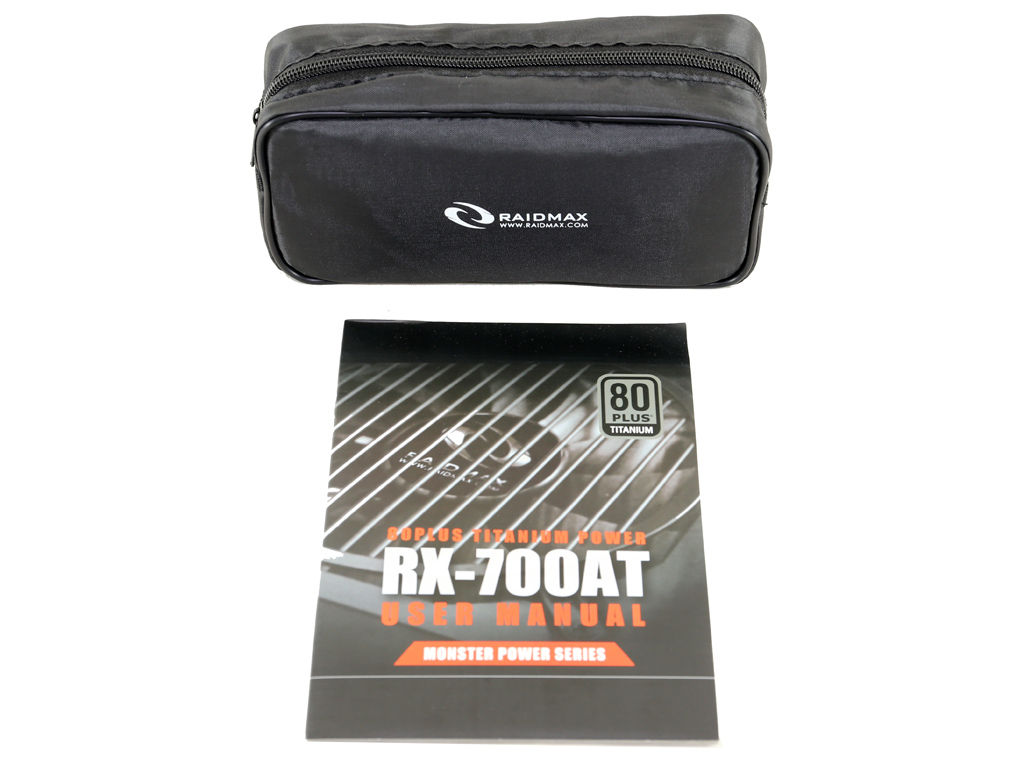
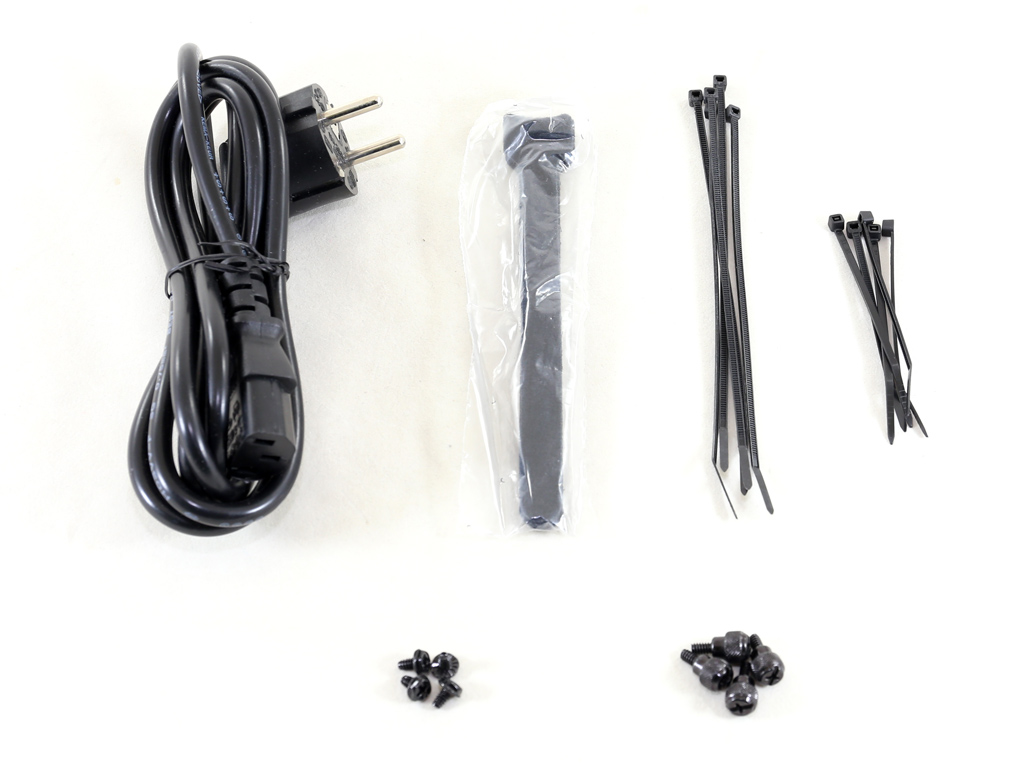
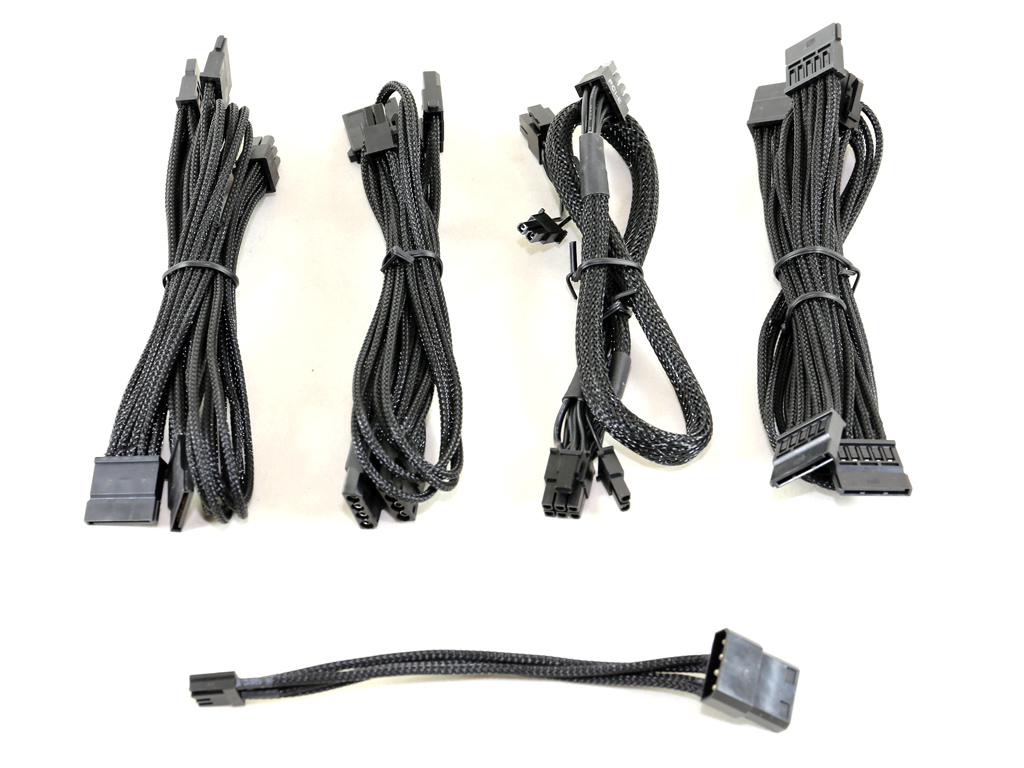
Beyond the nylon pouch, Raidmax's bundle includes several Velcro straps along with a number of zip ties, two sets of fixing bolts, an AC power cord and the modular cables. All in all, the accessory list is complete, and we appreciate the inclusion of a thumb-screw set.
Exterior
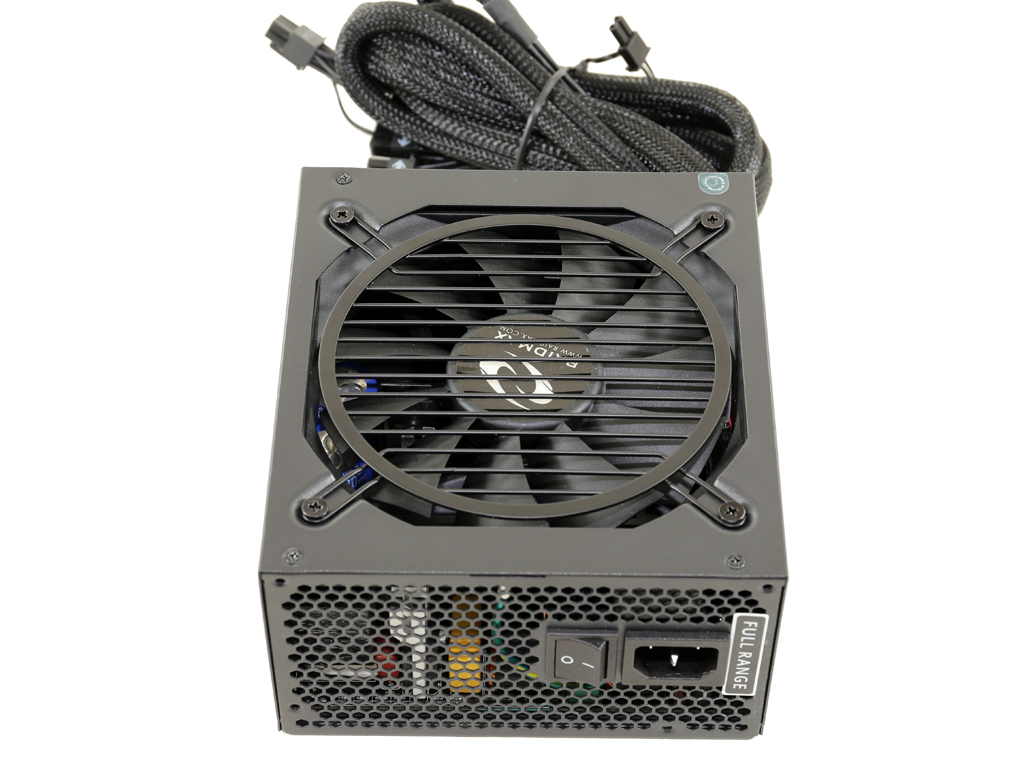
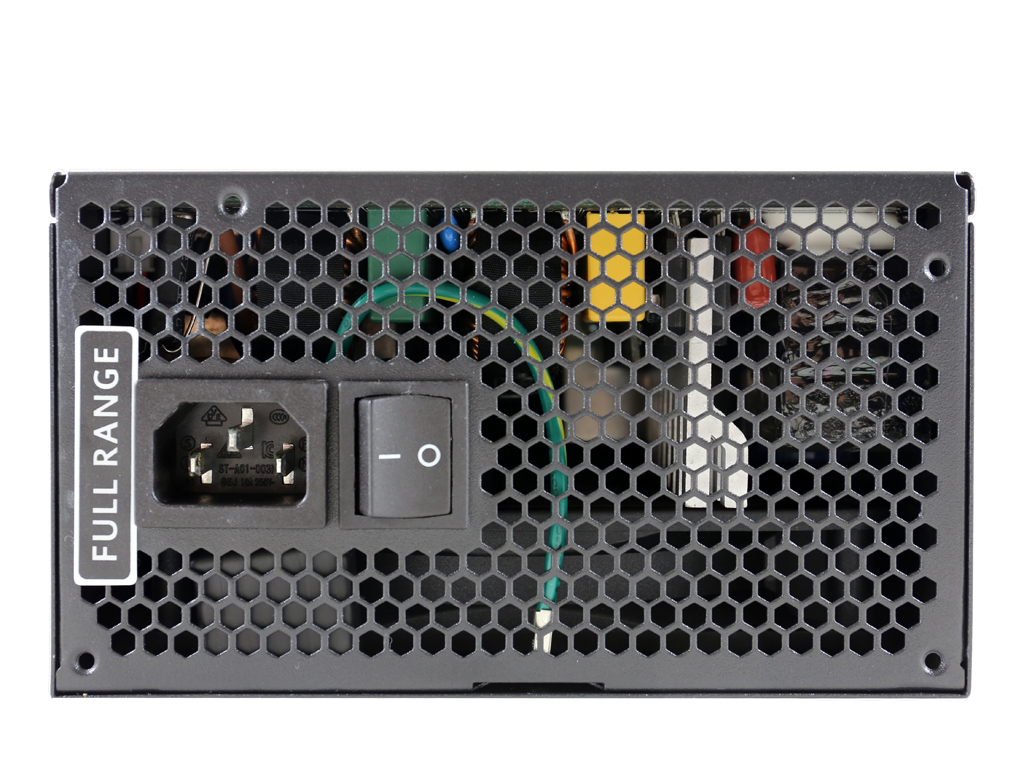
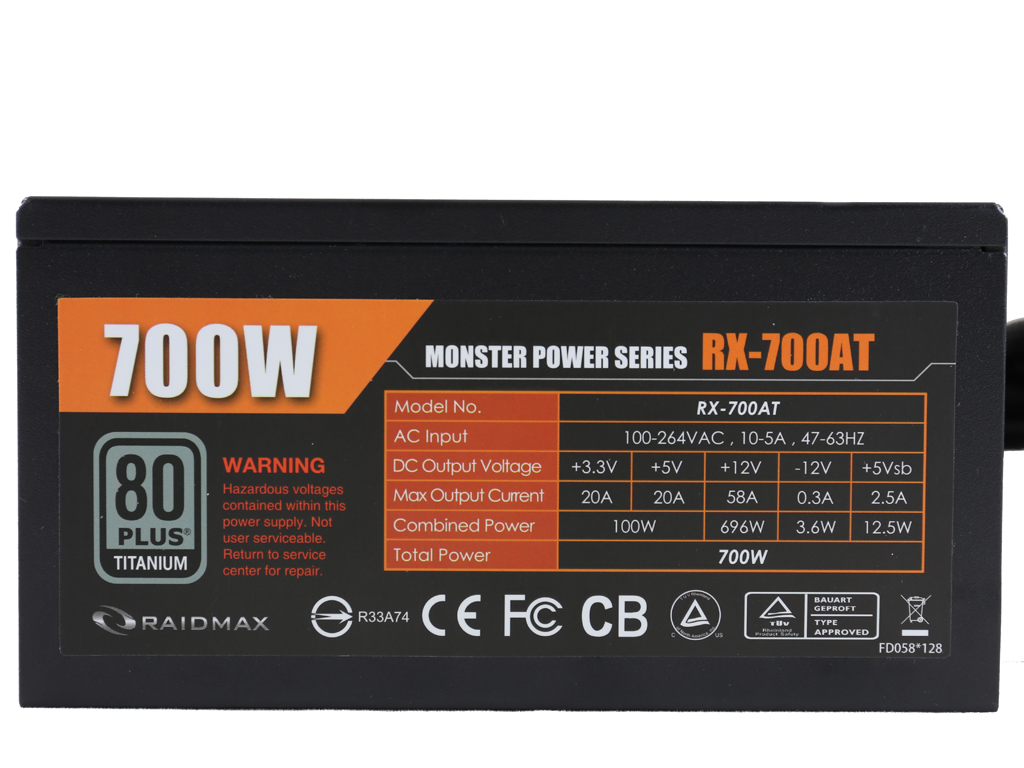
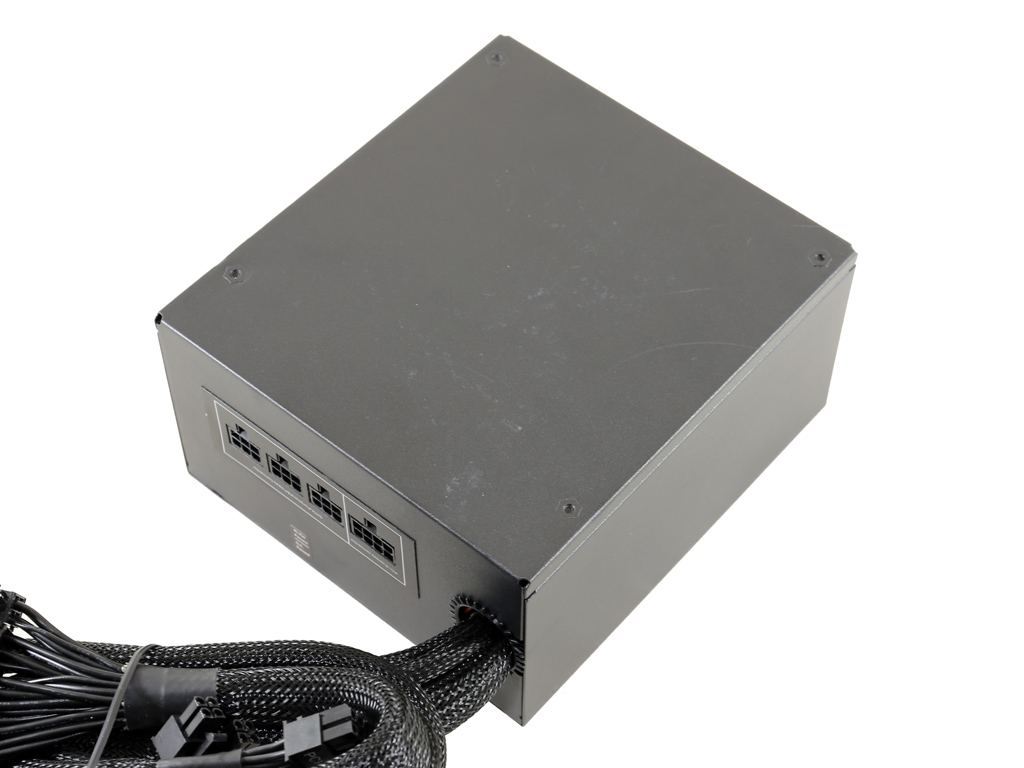
Thanks to a nicely designed fan grille, the RX-700AT is appealing. Its finish looks durable and it isn't a fingerprint magnet (though it's not matte, either). On the front, a large power switch is installed next to the AC socket, while the specifications label is stuck to one of the PSU's sides.
Get Tom's Hardware's best news and in-depth reviews, straight to your inbox.
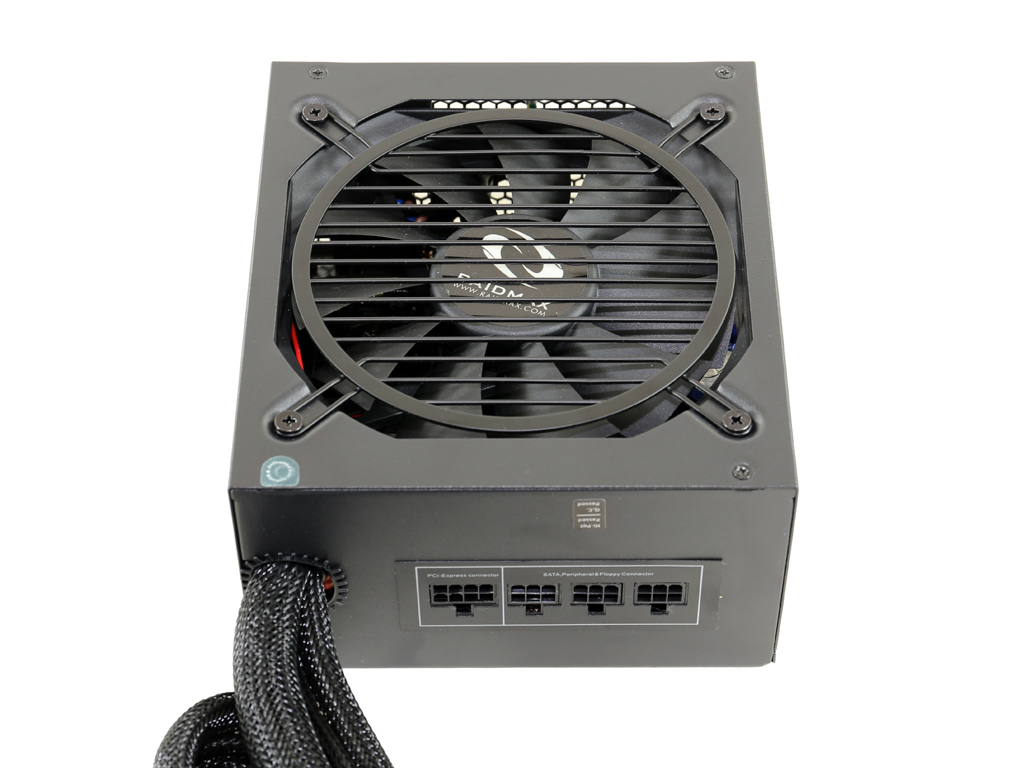
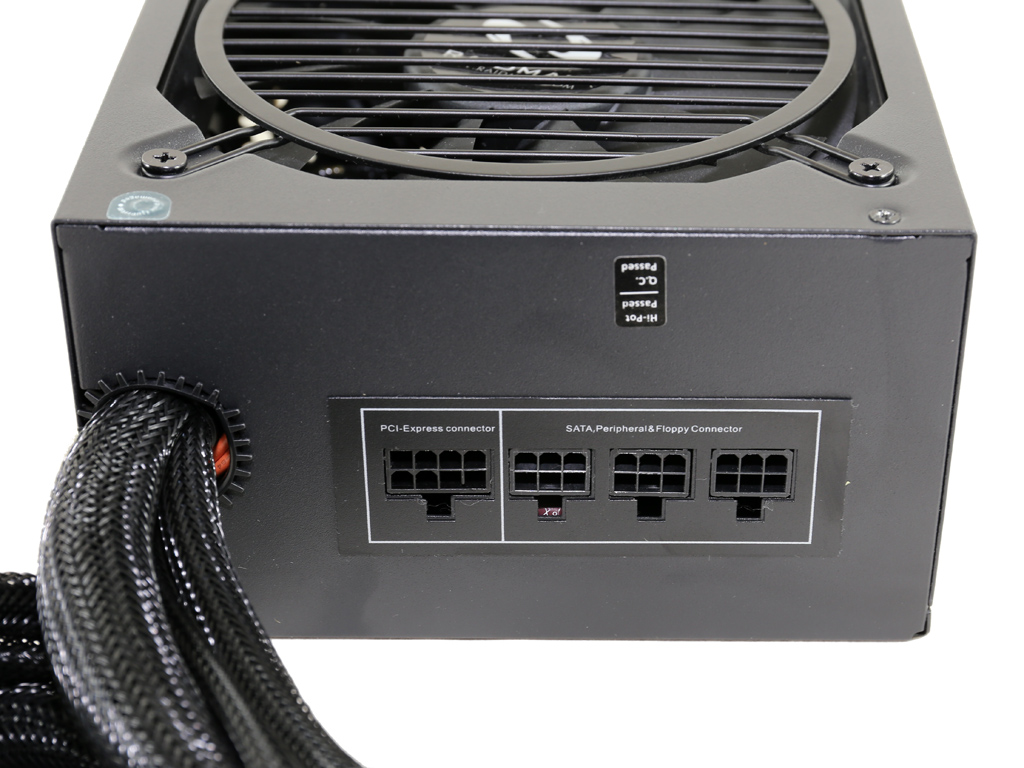

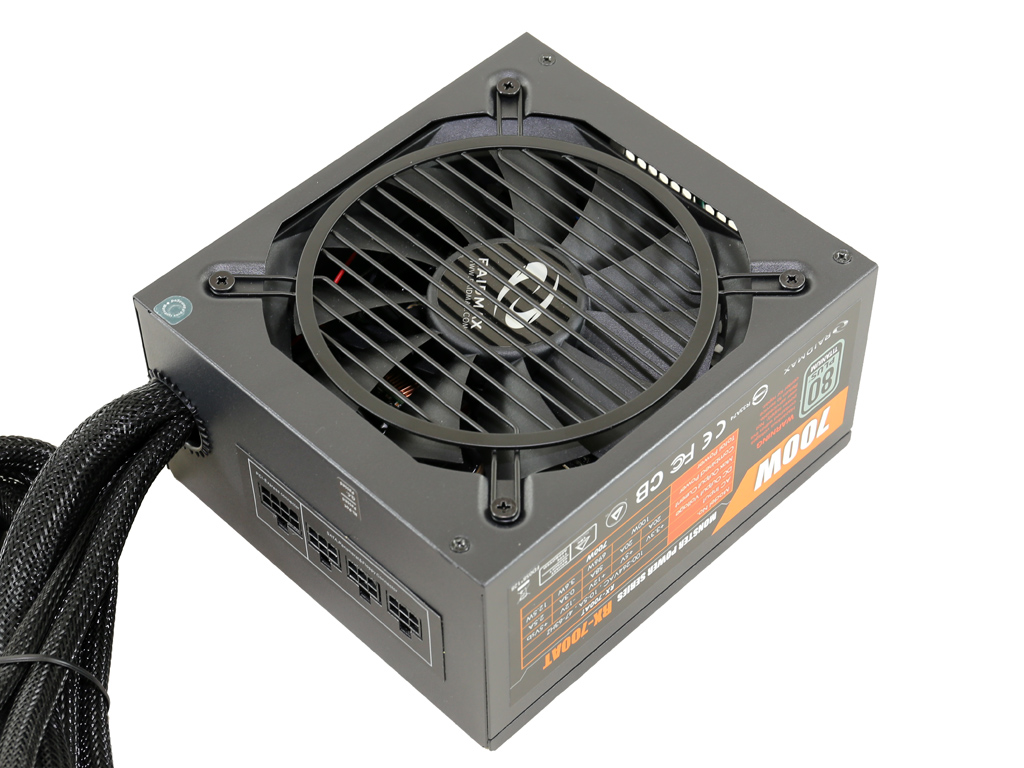
The modular panel consists of only four sockets, minimizing the number of removable cables. We'd prefer if there were fewer native cables. In fact, I prefer completely modular configurations to simplify installation.
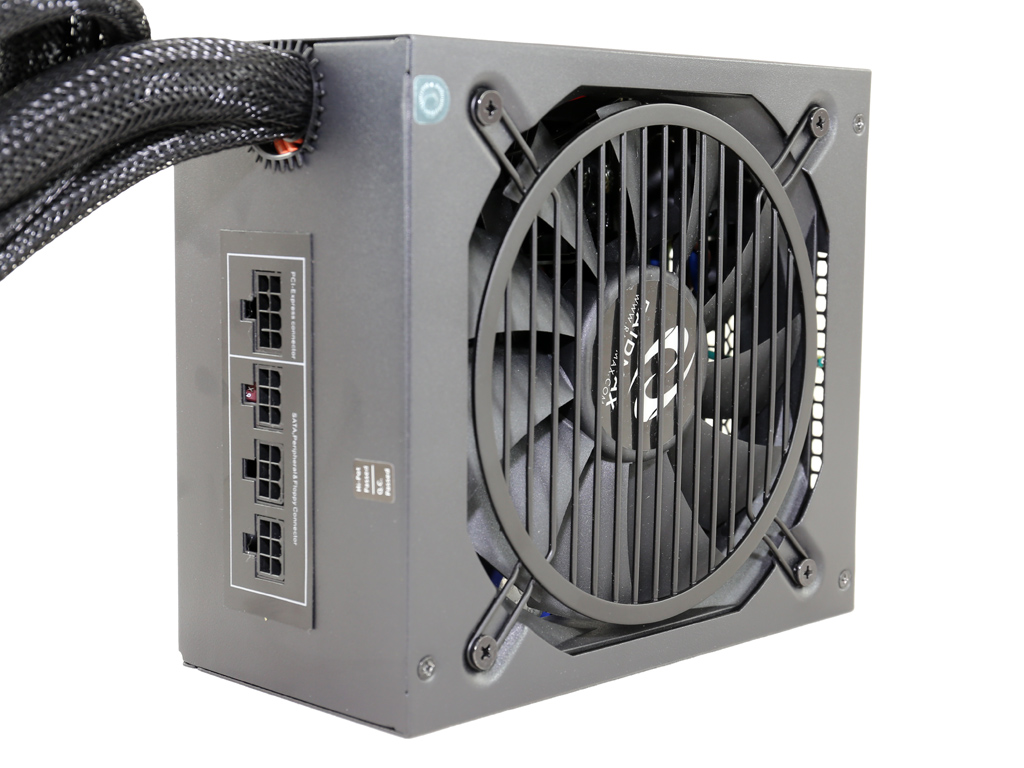
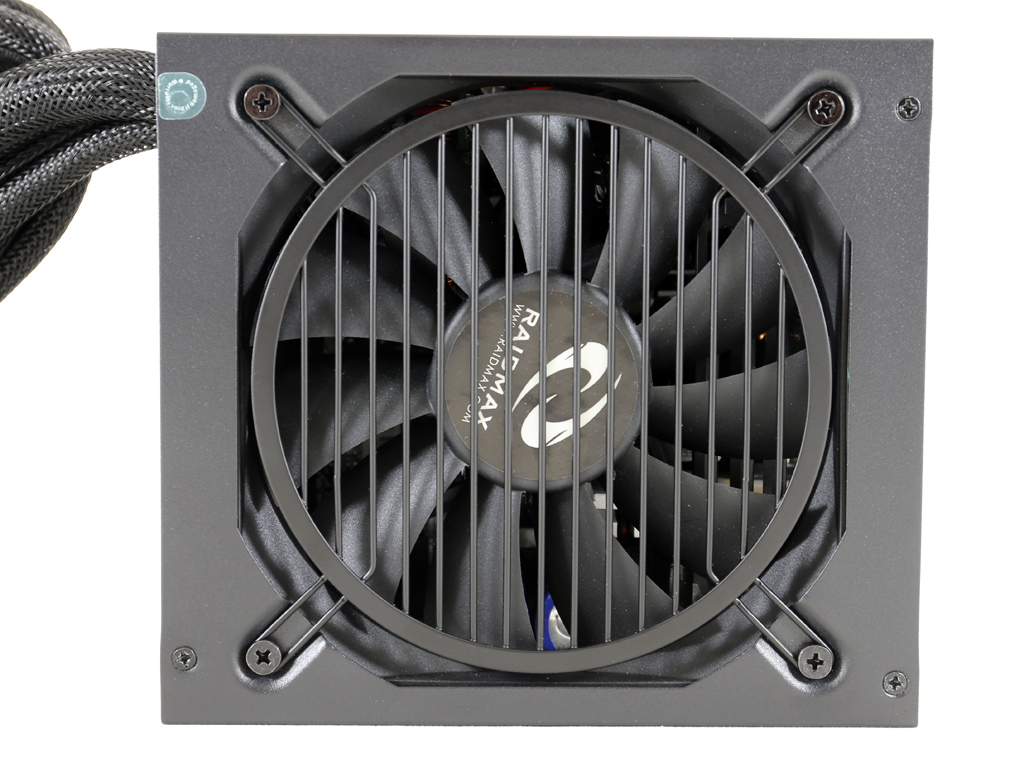
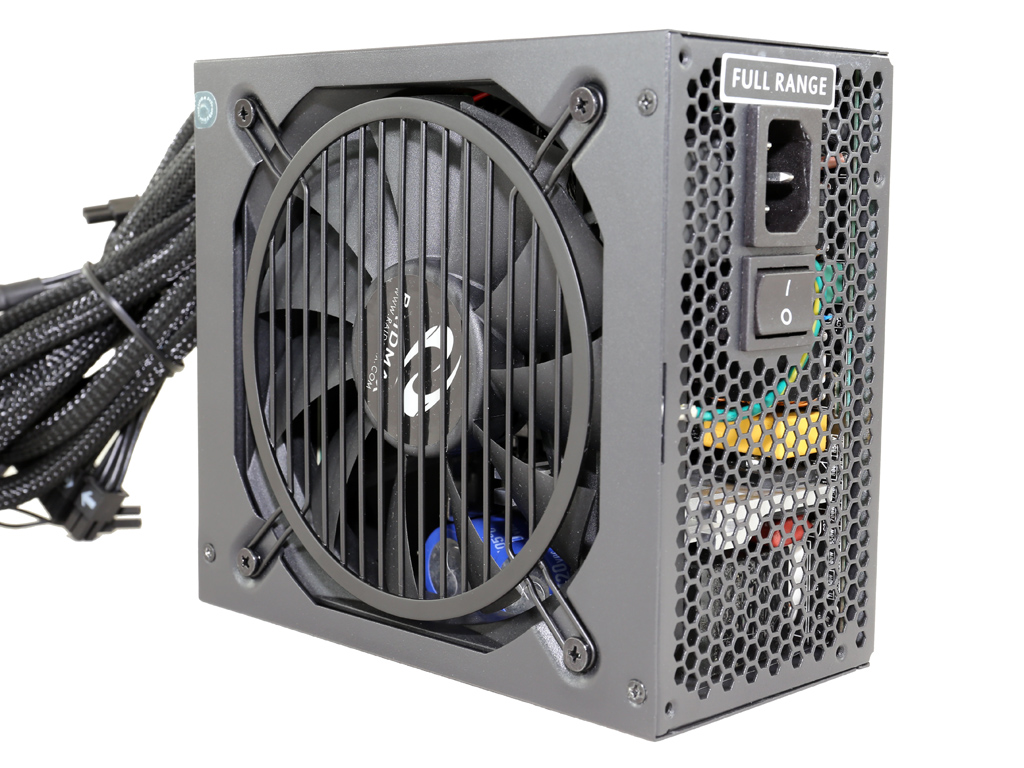
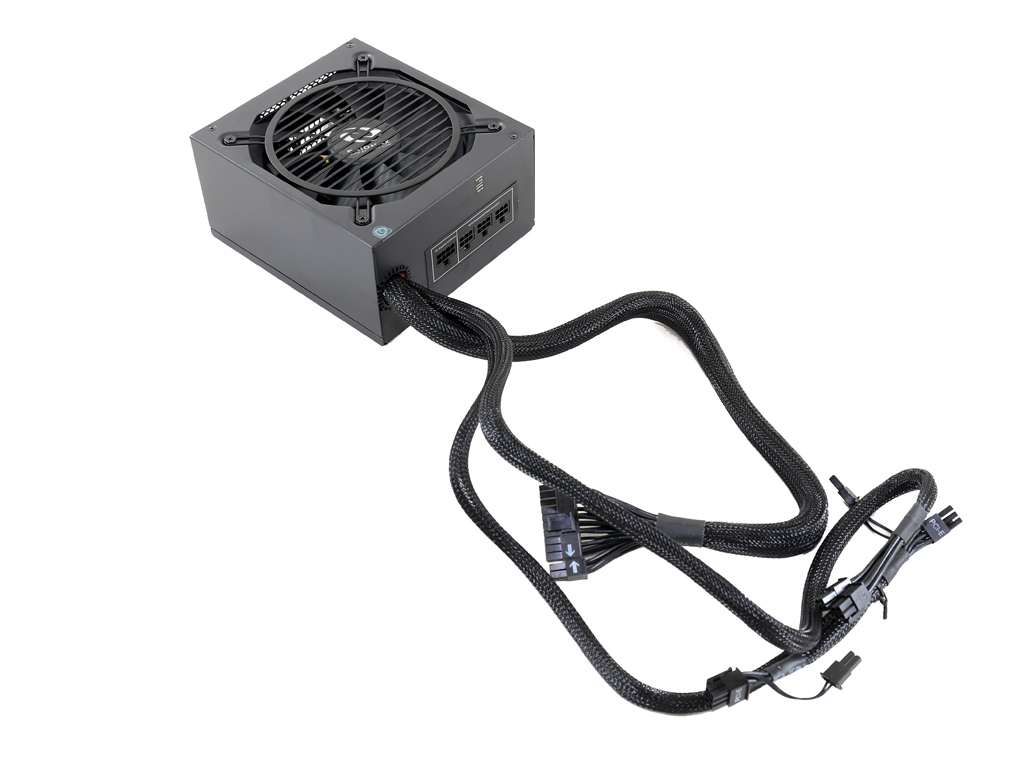
The RX-700AT's dimensions are a little larger than normal, and those native cables will be a let-down for many enthusiasts. Nowadays, most high-end PSUs are fully modular; only the budget-oriented ones seem to be semi-modular. So, it's a little weird to see an expensive Titanium-rated PSU with four native cables. But as we mentioned, Titanium is a hard efficiency level to achieve, and getting rid of the modular connections helps Raidmax get there.
Cabling
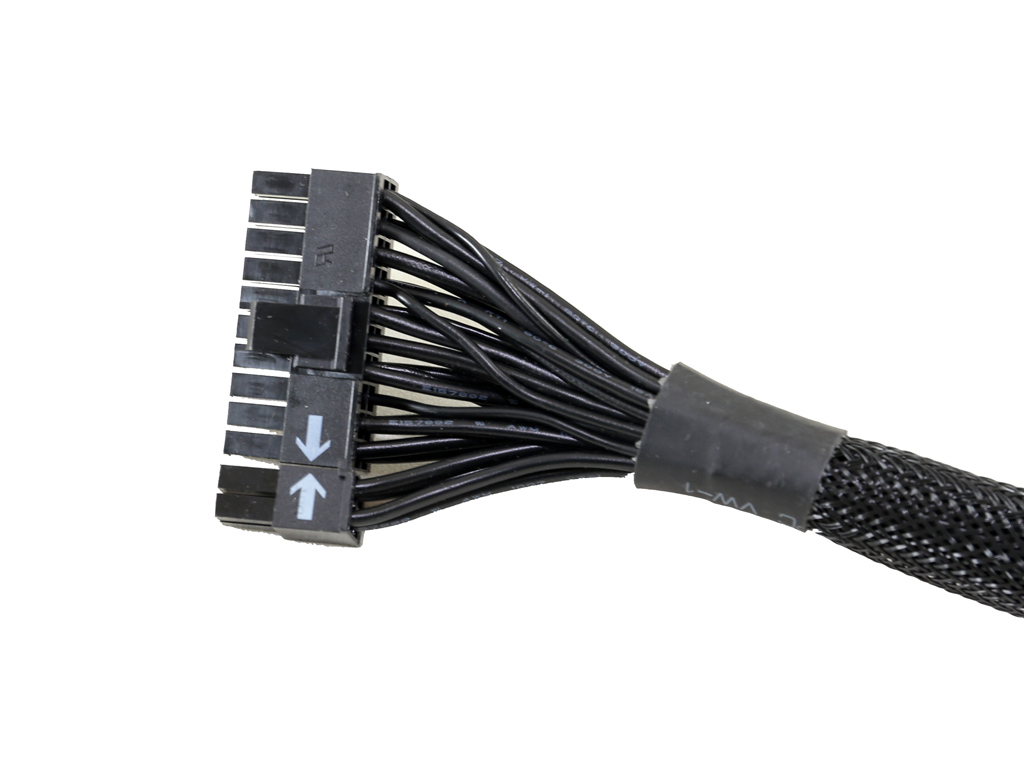
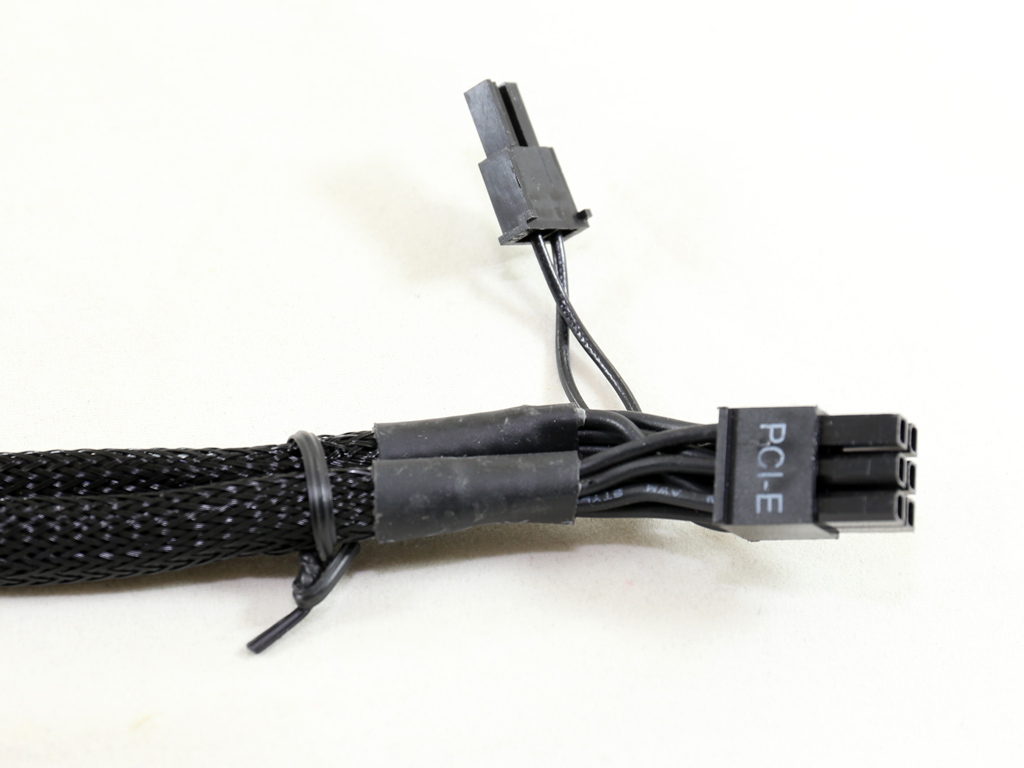
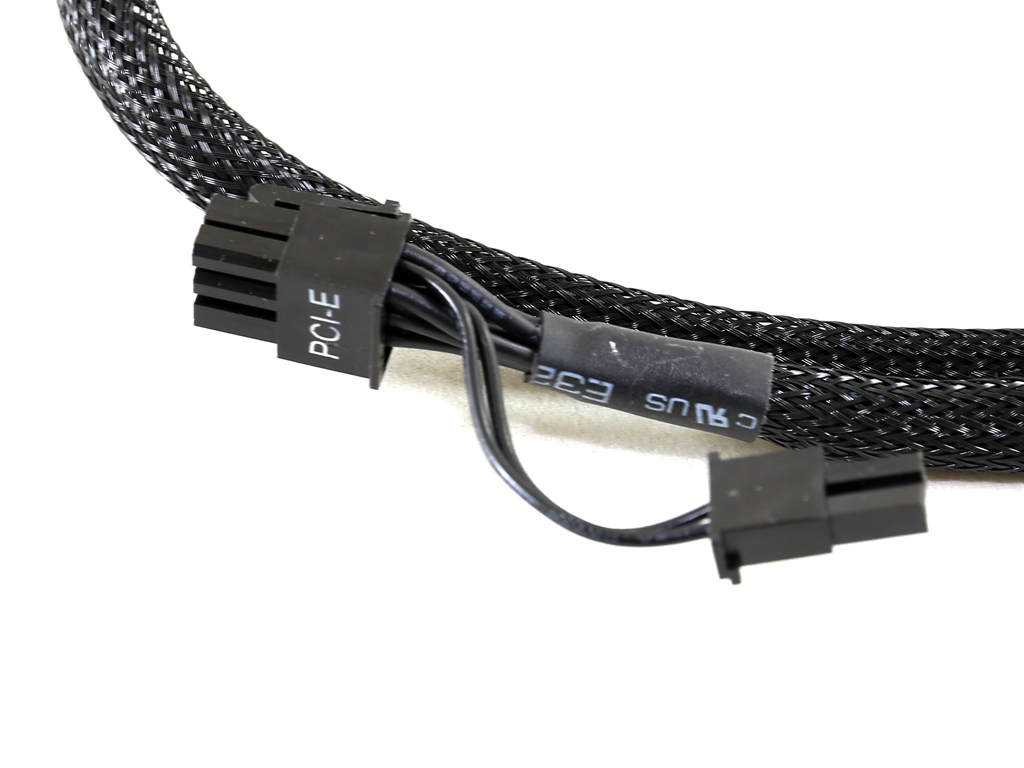
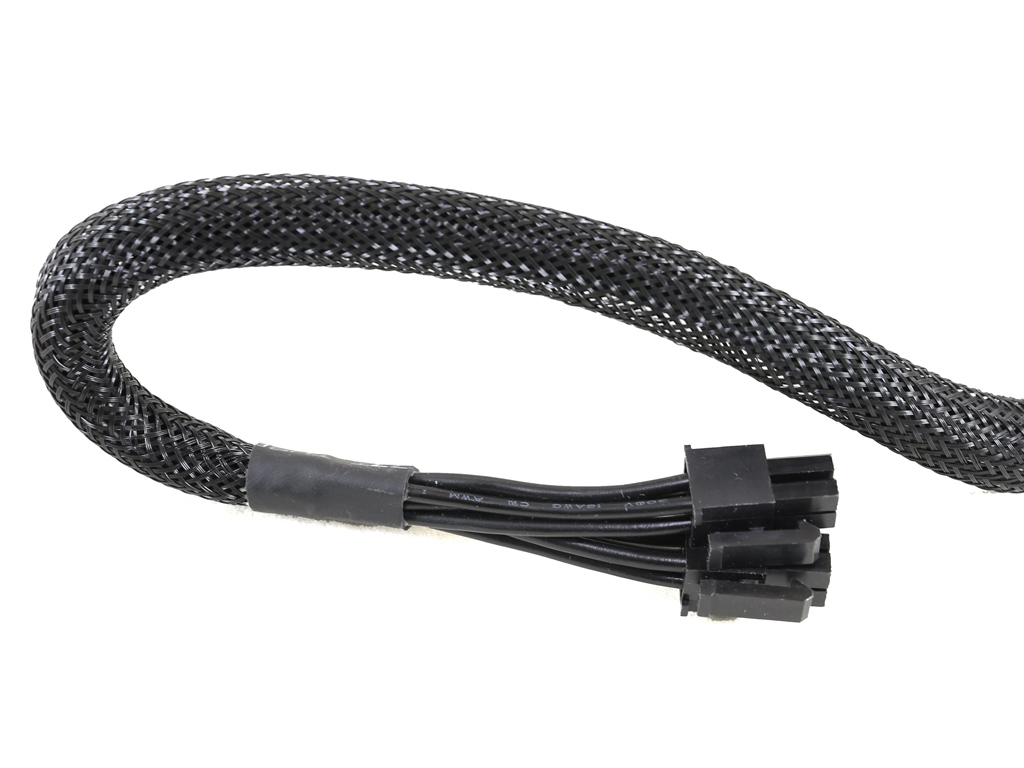
All four native cables are stealth. We would like them to be flat as well to block less airflow inside the chassis. In addition, flat cables usually are easier to route.
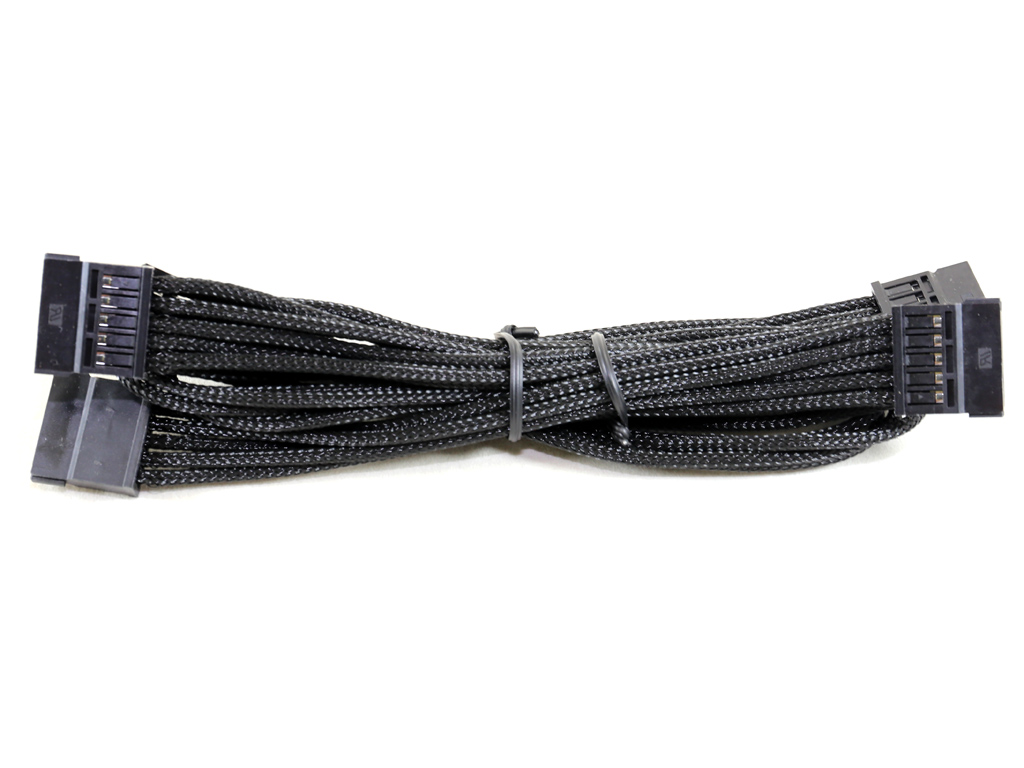
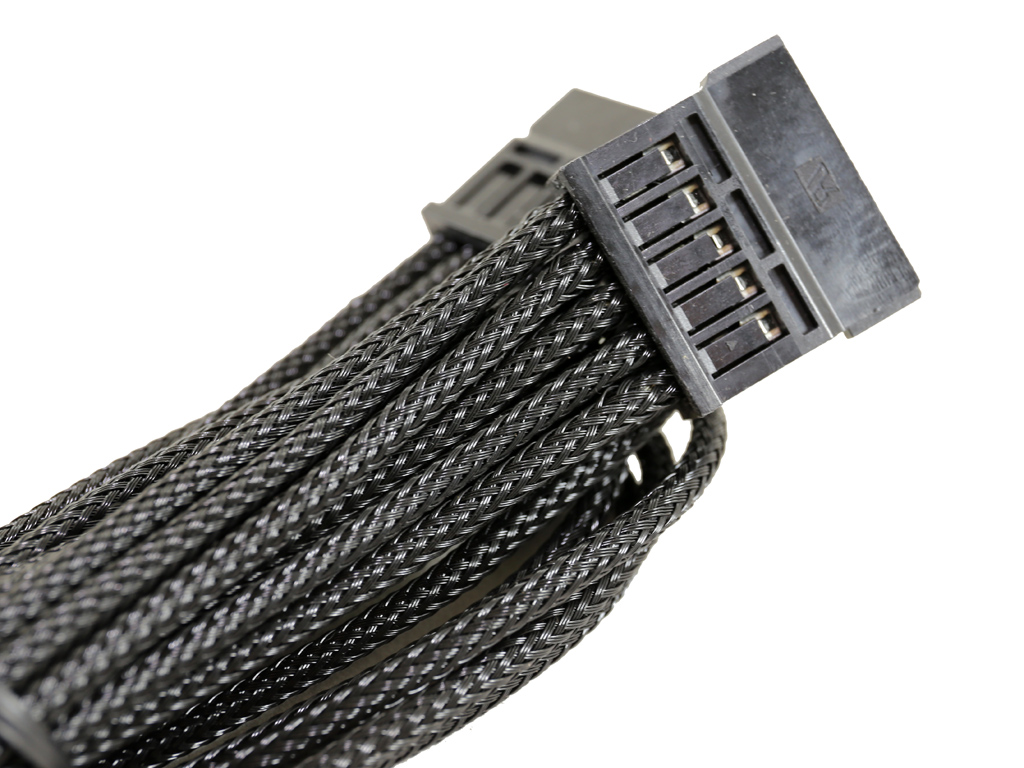
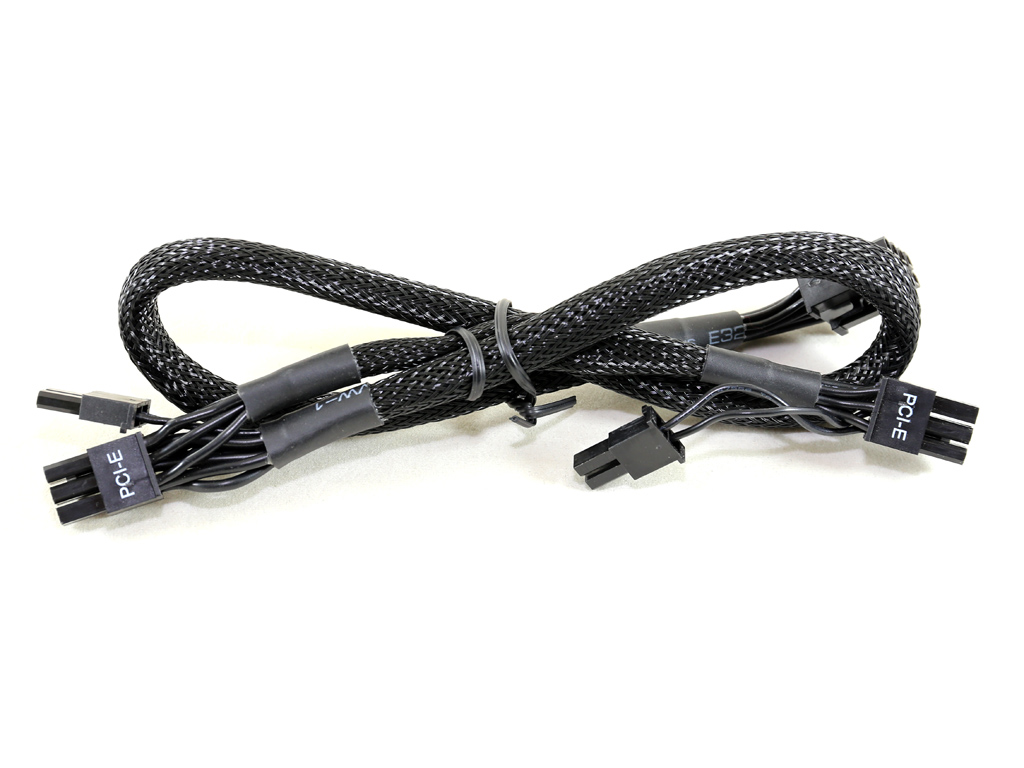

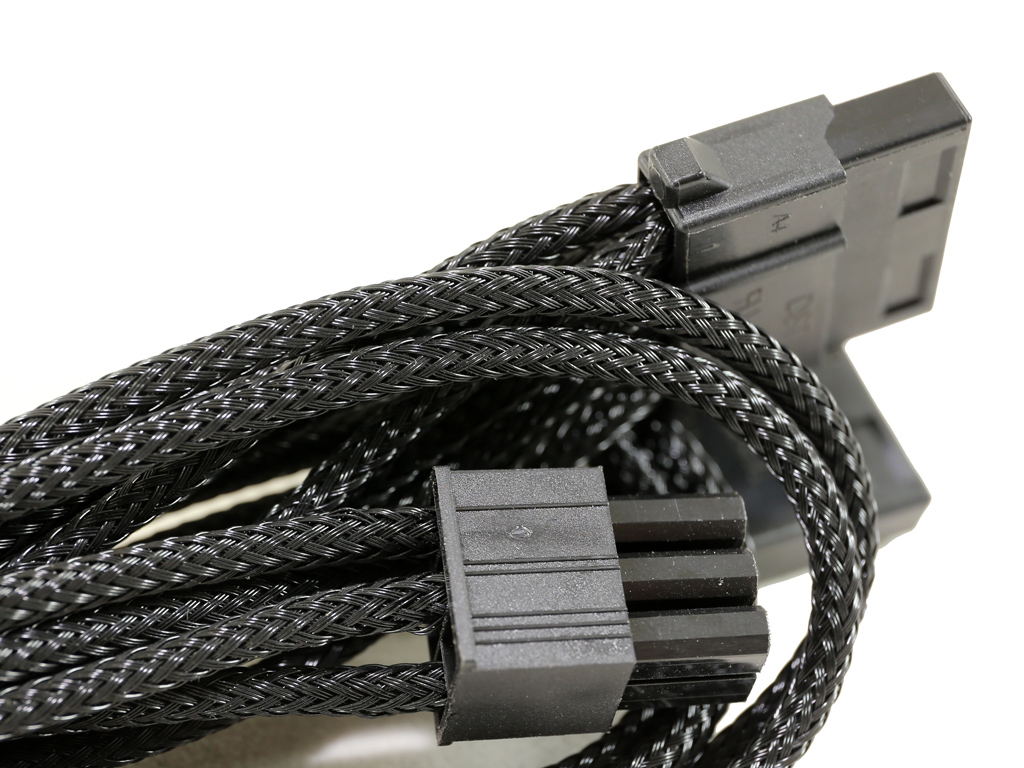
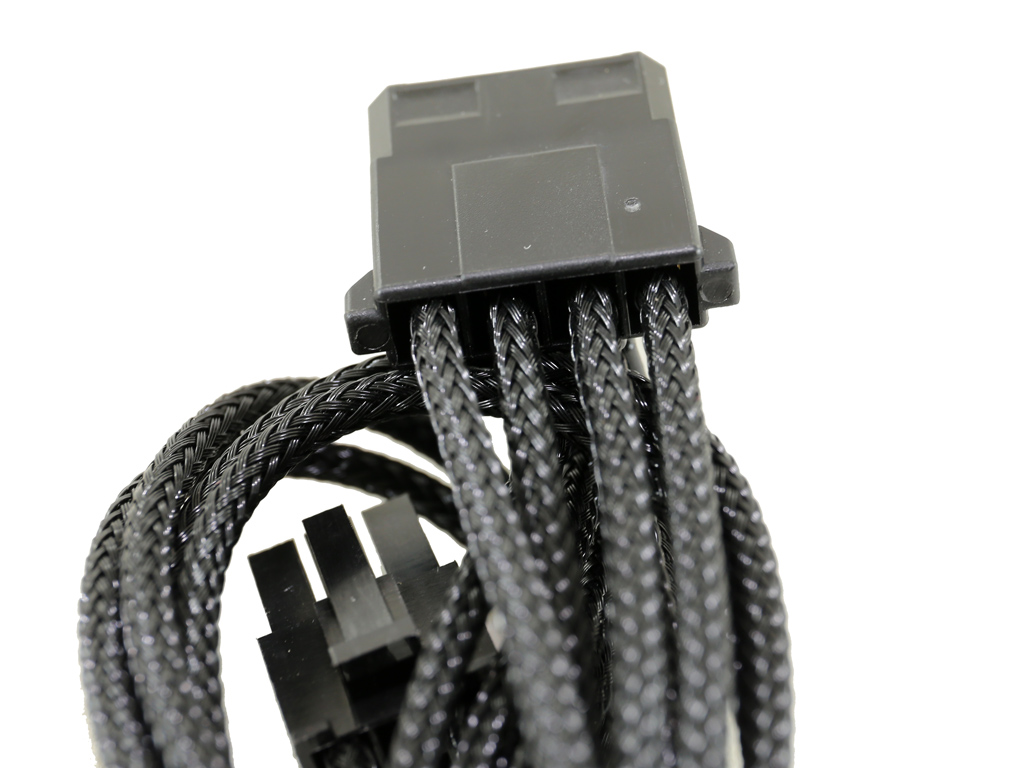
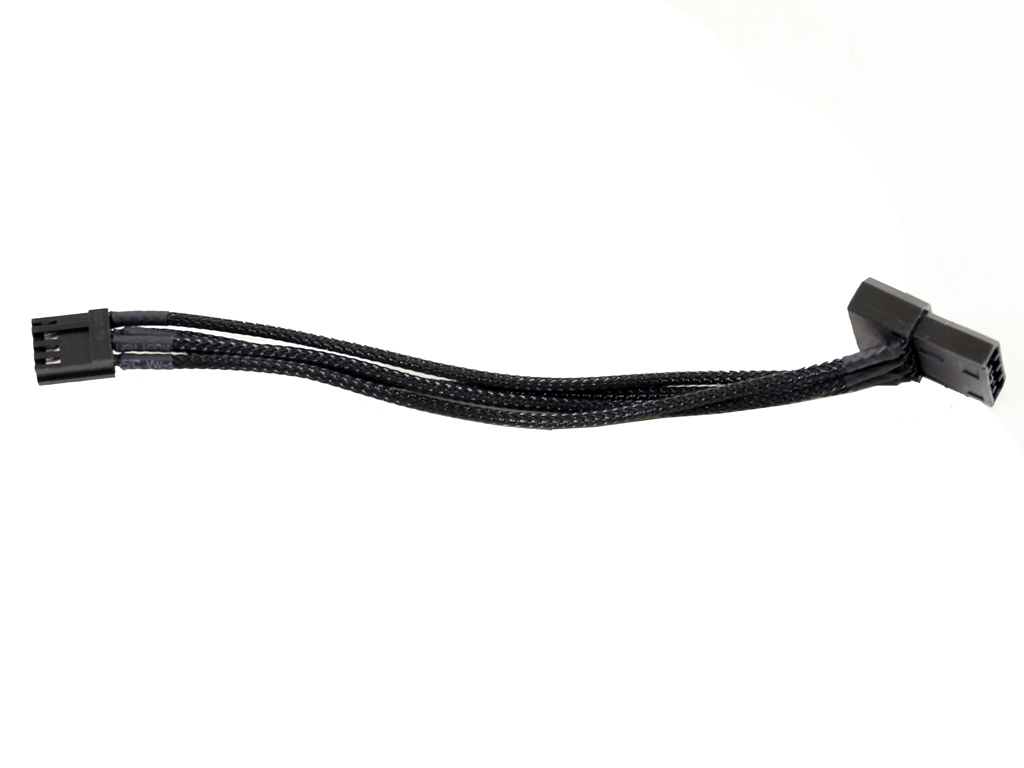
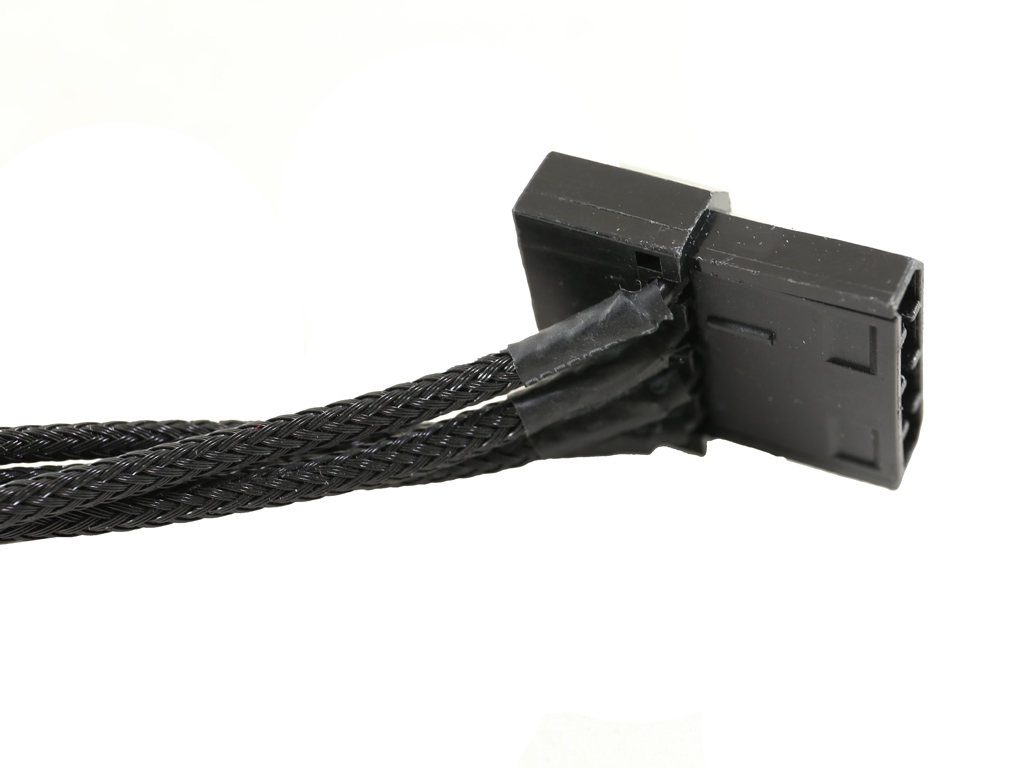
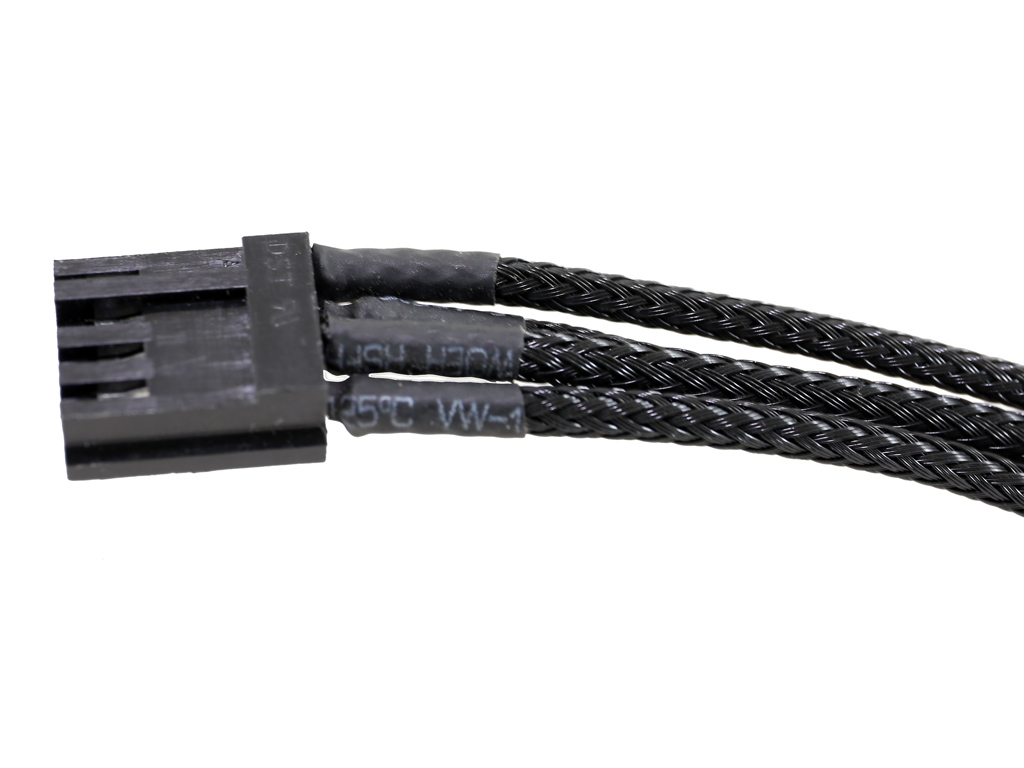
The single modular PCIe cable is round, while the other four modular cables feature individually sleeved wires. Overall, the cabling combination is pretty odd.
Current page: Packaging, Contents, Exterior And Cabling
Prev Page Introduction Next Page A Look Inside And Component Analysis
Aris Mpitziopoulos is a contributing editor at Tom's Hardware, covering PSUs.
-
vladm007 You can see the level of faith Raidmax has on the quality by having a 2 years warranty.Reply -
g-unit1111 Reply17870964 said:You can see the level of faith Raidmax has on the quality by having a 2 years warranty.
Yeah that's kind of a deal breaker. :lol: -
turkey3_scratch Another unit cheating on the PWR_OK tests. I'm sick of this crap. Also, those caps on the modular board don't look like Chemi-Con polymers, they look like electrolytics (not that it matters, I'm just questioning if you made a wording error). I also don't like the lack of a thermistor at all. That's some really high inrush current. They could have dished out some cash for one and a relay. I also think the warranty needs increased, but realistically it should last a lot longer than 2 years.Reply -
powernod Reply17871369 said:Another unit cheating on the PWR_OK tests. I'm sick of this crap. Also, those caps on the modular board don't look like Chemi-Con polymers, they look like electrolytics (not that it matters, I'm just questioning if you made a wording error). I also don't like the lack of a thermistor at all. That's some really high inrush current. They could have dished out some cash for one and a relay. I also think the warranty needs increased, but realistically it should last a lot longer than 2 years.
Exactly my thoughts! ;)
Failure at Power_OK signal & huge amount of inrush current = Deal-breaker for me :pfff: -
Aris_Mp if they provide a 5-year warranty and work on the price it has potential. The inrush current is an easy fix with a relay-bypass relay, however the lower than the required hold-up time isn't so easy addressable. A larger bulk cap will need more Amps to charge and more Amps lead to increase power losses, so efficiency will take a hit.Reply -
basroil Very close to be very good, and then it fails at the holdup time... looks like there's still only two real PSU manufacturers (seasonic and superflower)Reply -
Sakkura Why would anyone wonder why Raidmax only has a 2-year warranty? With the junk they've released in the past, it's a miracle they provide any warranty at all.Reply -
g-unit1111 Reply17872208 said:if they provide a 5-year warranty and work on the price it has potential. The inrush current is an easy fix with a relay-bypass relay, however the lower than the required hold-up time isn't so easy addressable. A larger bulk cap will need more Amps to charge and more Amps lead to increase power losses, so efficiency will take a hit.
I think any warranty above 5 years is kind of redundant. In 7 or 10 years you won't have that PSU anyways since you'll be replacing it with something new to keep up with new tech. 5 years I would say is about the length of time a warranty should be. -
turkey3_scratch Reply17872463 said:Very close to be very good, and then it fails at the holdup time... looks like there's still only two real PSU manufacturers (seasonic and superflower)
Superflower cheats on holdup time on various units. Look at the Leadex Gold 550. The 650 G2 also is a problem most likely, and the 750 G2. -
firefoxx04 I've used their cheaper units 3 times. One failed, however, it's environment was a worst case scenario. Very hot Michigan summer with no ac, dusty room, and almost always running the system with 100% cpu and gpu load.Reply